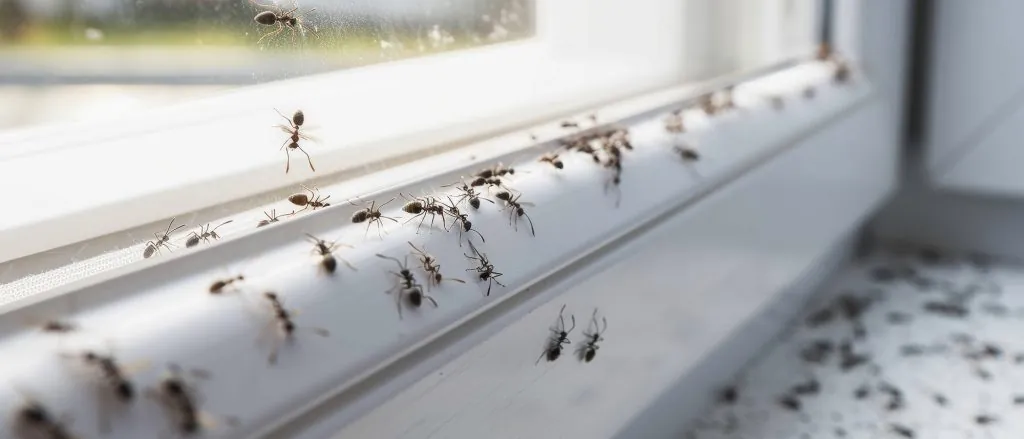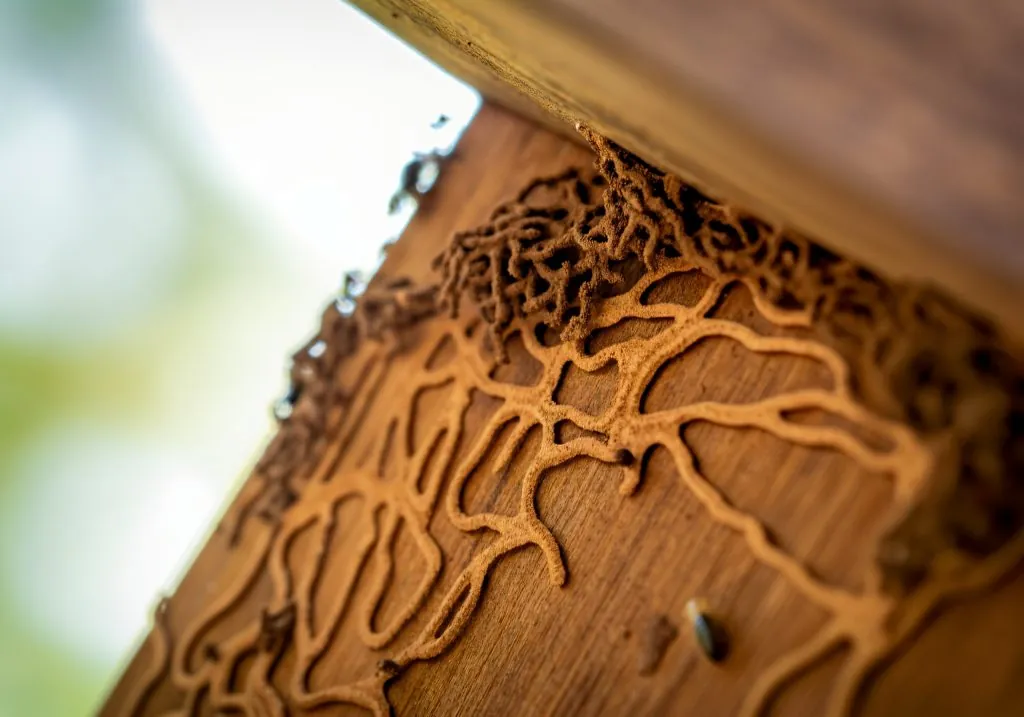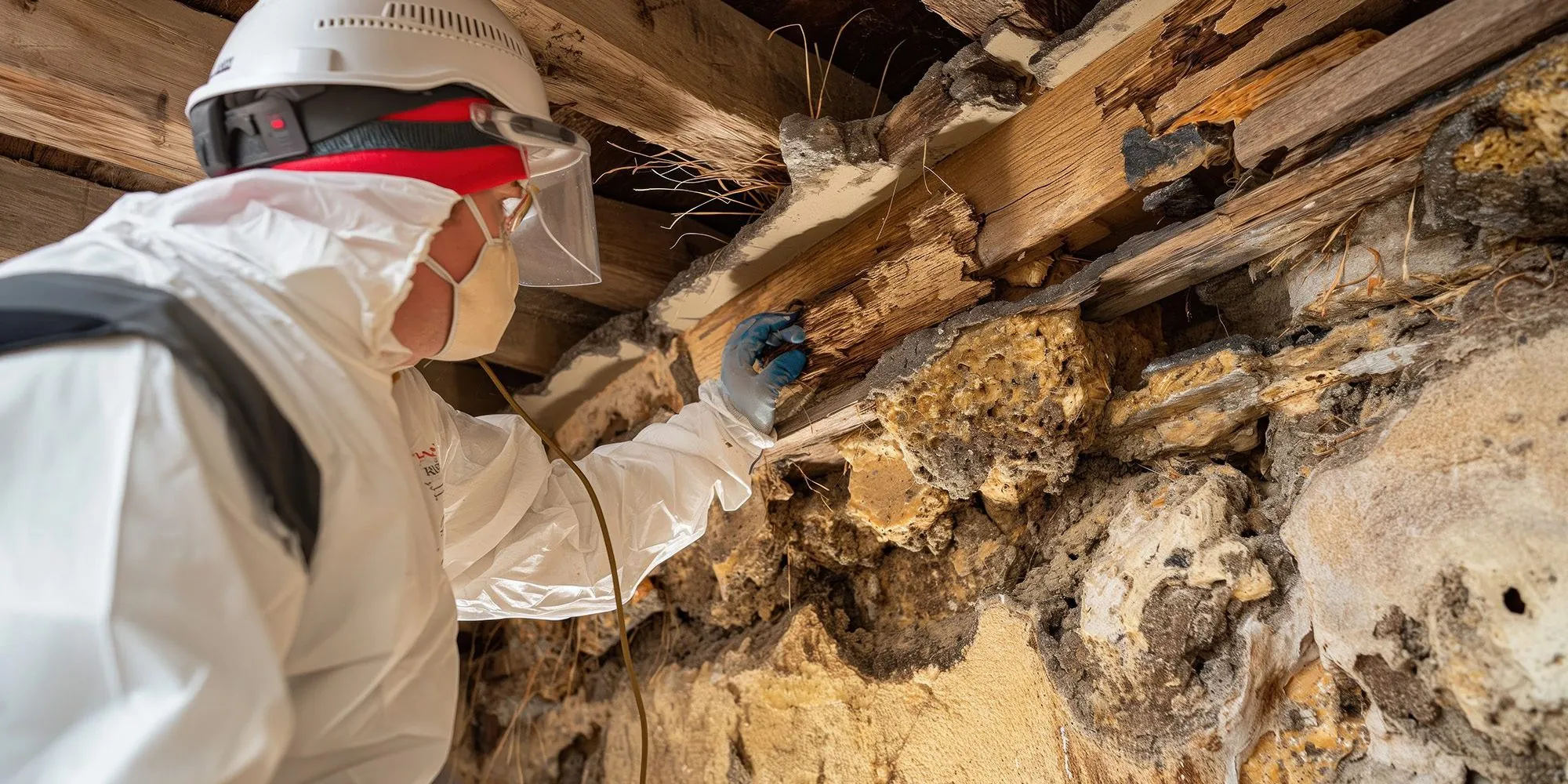What is Structural Pest Control
When it comes to protecting your home or building, pest control often becomes a priority only after a problem has already appeared. However, proactive pest management is essential to maintaining the integrity, safety, and value of any structure. One of the most important, yet sometimes misunderstood, aspects of this is structural pest control.
Structural Pest Control Defined
Structural pest control refers to the management and elimination of pests that invade and damage buildings and artificial structures. These pests may threaten the structural integrity of your home or commercial space, compromise health standards, or cause costly repairs if left untreated.
Unlike agricultural pest control, which focuses on crops and open fields, structural pest control is dedicated to indoor and outdoor areas of buildings, including walls, foundations, crawl spaces, attics, roofs, and basements.
Pests targeted in structural pest control include termites, carpenter ants, rodents, cockroaches, bed bugs, and other insects and wildlife that infest homes and structures.
Types of Structural Pests
Understanding the types of pests that fall under structural pest control can help property owners recognize the early signs of infestation.
1. Wood-Destroying Pests
- Termites (mainly subterranean and dry wood varieties) can silently destroy wood framing and foundation supports.
- Carpenter ants chew through wood to create nesting galleries.
2. Household Insects
- Cockroaches, known to carry bacteria and allergens, often infest kitchens and bathrooms.
- Ants can become a persistent problem, especially when colonies are nested in walls.
- Bed bugs hide in cracks and crevices, feeding on human blood and causing sleepless nights.
- Silverfish feed on paper, fabrics, and even glue, damaging books, clothing, and wallpaper.

3. Rodents and Wildlife
- Rats and mice often chew on items such as electrical wires, insulation, and wood, which can pose serious fire risks and contribute to the spread of diseases.
- Larger animals, such as squirrels, raccoons, or bats, tend to settle in areas like attics or crawl spaces, where they can cause damage and pose health risks.
4. Other Structural Threats
- Birds, particularly pigeons, often nest on rooftops and ledges, creating messy and unsanitary conditions.
- Bees and wasps sometimes build their nests in walls, vents, or under eaves, putting anyone nearby at risk of stings and allergic reactions.
Scope of Structural Pest Control Services
Inspection
A reliable pest control service typically begins with a thorough inspection. The technician looks for signs of pests, moisture problems, and areas where critters might be entering. To detect hidden infestations, they may also use specialized tools such as moisture meters or thermal imaging cameras.
Treatment Methods
Depending on the type and severity of the infestation, methods may include:
- Chemical treatments: Pesticides, bait stations, dust, and spot treatments.
- Fumigation: Used for widespread or severe infestations (e.g., dry wood termites).
- Non-chemical methods Include Traps, exclusion devices, and heat treatment.
- Integrated Pest Management (IPM): Combines biological, cultural, and physical methods with minimal chemical use for long-term prevention.
Prevention and Exclusion
Long-term structural pest control focuses on more than just eliminating pests—it involves sealing up cracks, fixing torn screens and broken vents, addressing any water leaks, and clearing away clutter or leftover food that might attract unwanted visitors.
Monitoring and Maintenance
Routine maintenance and monitoring traps help prevent pests from returning. Experts may recommend regular inspections on a quarterly or annual basis, depending on the level of risk.
Benefits of Professional Structural Pest Control
When it comes to protecting your home or property from persistent pests, professional help goes a long way. Pest control experts don’t just eliminate the problem—they offer long-term solutions backed by experience, advanced tools, and targeted treatment methods that DIY approaches can’t match.
Here’s why working with a licensed structural pest control provider is a wise investment:
Protects Your Property

Professionals help prevent severe damage to your home’s structure by targeting pests that destroy wood, chew through wiring, and nest in insulation—saving you from expensive repairs down the line.
Keeps Your Family Healthy
Rodents, cockroaches, and other common pests carry bacteria and allergens that can pose a threat to your household’s health. Effective pest control helps reduce the risk of illnesses, allergies, and bites.
Saves You Money Over Time
Early detection and expert treatment can prevent infestations from escalating into costly damage—making professional services more cost-effective than repeated DIY efforts.
Delivers Lasting Peace of Mind
With scheduled inspections, proactive treatments, and prevention strategies, you can rest easy knowing your home is protected year-round.
If you’re noticing recurring pest activity or suspect hidden damage, don’t wait. Let the experts handle it before it becomes a bigger problem.
Conclusion
Structural pest control is more than just eliminating bugs—it’s essential for maintaining a safe, healthy, and structurally sound property. Whether you’re a homeowner, landlord, or business owner, understanding the risks pests pose helps you make informed decisions. Acting early can save you from costly repairs and serious health risks down the line.
That’s where Family First Pest Control AZ comes in. Our licensed experts specialize in structural pest control solutions that keep destructive pests, such as termites, rodents, and ants, out—for good. Whether you’re facing an active infestation or want to take preventive steps, we’re here with safe, effective, and family-friendly service! Call us Monday through Friday, from 8:00 AM to 5:00 PM, to schedule your service.



















